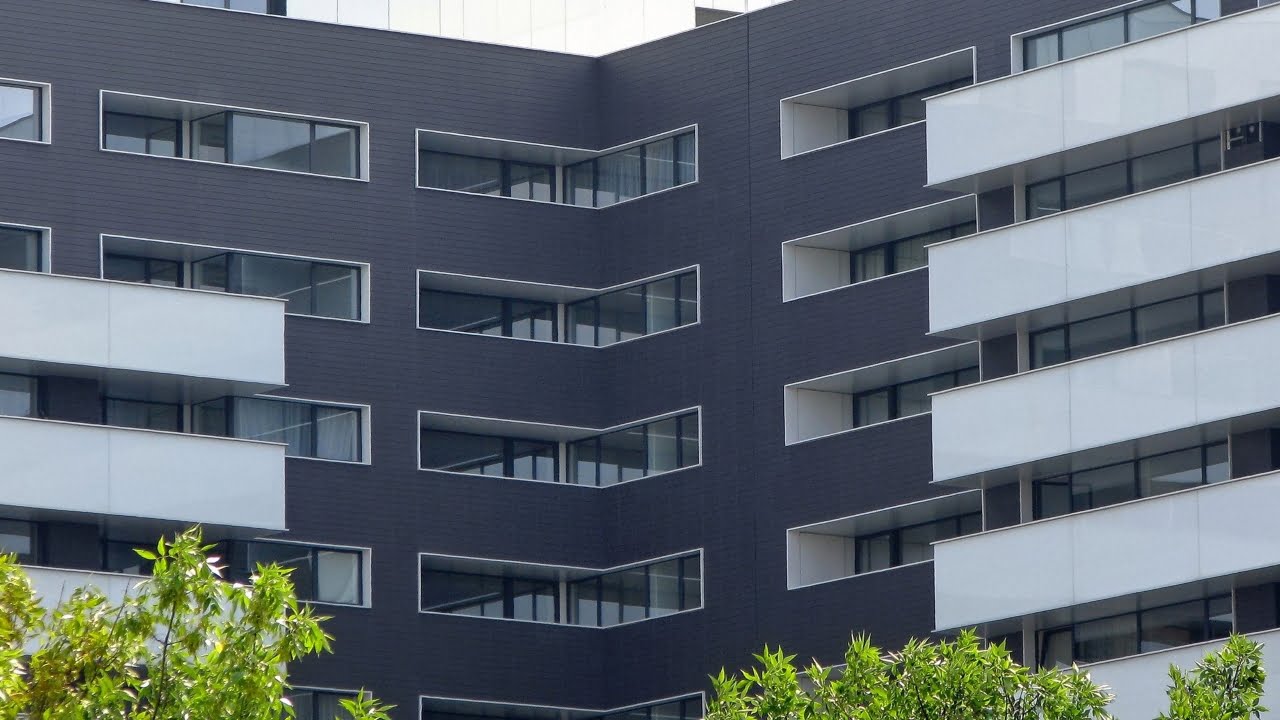The Government has issued its prospectus for the promised £1billion fund to remediate non-ACM cladding. As we mentioned in our previous article on the topic, there is a relatively short window of opportunity to register for the Fund.
RPs will need to decide before 31 July whether they (or, where applicable, a group entity) should register for the Fund. The decision may not be as straightforward as one would think.
This is because the prospectus makes clear that although it is open to RPs to register, the Government will only fund the remediation works of those RPs whose financial viability is threatened by the remediation costs. The prospectus makes it clear that any RP registering for the fund must notify the Regulator of Social Housing as soon as possible.
If a RP notifies the Regulator that its financial viability is threatened, the Regulator will work closely with the RP to address those concerns. However, a notification in these circumstances is likely to result in a regulatory downgrade for financial viability. A downgrade for governance may also follow.
It is clear, therefore, that the Government wishes to discourage applications by RPs for the Fund. That is not to say that the Government is not open to supporting RPs faced with significant remediation costs in all circumstances.
That is not to say that the prospectus is all bad news for the sector. The Government has made clear in the prospectus that it will allow RPs to claim for the capital costs of remediation that would otherwise have to be borne by their leaseholders (including shared ownership lessees).
This claim process will be introduced in July and there is no requirement to register at this stage for this funding. We expect more details to be published in July. So, what steps should RPs be taking now? To the extent that RPs are not already doing this (and we know many are), we recommend the following:-
- Identify which buildings qualify for funding under the prospectus;
- Seek to quantify the costs of those works;
- Be clear as to what costs can, in theory, be recovered from leaseholders;
- Revise asset management strategies and financial plans to establish how these costs can be accommodated; if the costs threaten viability and compliance with the regulatory framework, a decision will need to be taken as to whether to register for the Fund and a dialogue opened up with the Regulator;
- Where the owner of the building is a group company, consider whether there is merit in registering the company and the building for the Fund. It is not entirely clear whether Government would regard a group company of a RP as being in the private sector or social sector (the terminology the prospectus uses), but we regard a trading company of a RP as being in the private sector.
For more information contact Mark London, Jonathan Jarvis or Merrik Morgan.
